Introduction
The Australian Army is an institution defined by standards. Discipline is enforced universally and without limit; every soldier is held accountable regardless of context or circumstance. Yet when it comes to recognising excellence, the approach is starkly different. Commendations, awards, and formal acknowledgement are rationed, constrained by quotas, or subject to competition between units and individuals. There is no quota on discipline, yet recognition is treated as a scarce resource.
The key issue for the Army in the 21st century is that unrecognised effort undermines morale and retention. A workforce shaped by new generational expectations cannot be sustained by discipline alone. Recognition – timely, visible, and enduring – is now essential to motivation and credibility across the force.
Unlimited Discipline, Limited Recognition
Discipline in Army is absolute. Breaches of conduct, professional failings, or lapses in standards are dealt with consistently, without quotas or limits. This ensures cohesion and fairness; accountability is not rationed.
Recognition, however, is constrained. Commanders are often told that only a certain number of awards or commendations may be issued within a set period. As a result, acts of excellence may go unrecognised – not because they lack merit, but because the allocation of recognition has been exhausted. The message to soldiers is clear: failure will always be noticed, but excellence may not.
Generational Change and the Demand for Recognition
The Army workforce is changing. Millennials and Generation Z now form the bulk of junior ranks, and their expectations differ from those of earlier cohorts. They value recognition, feedback, and visible purpose. When their effort goes unrecognised, they disengage quickly.
Recent initiatives such as Commanding Officer’s Commendations acknowledge this demand. These provide commanders with tools to recognise performance locally, but their impact is limited. Coins, certificates, or informal praise carry weight within a unit but fade with time. On ceremonial occasions – when careers are displayed through medals and ribbons – such recognition vanishes. For younger soldiers, this absence undermines credibility. Leaders are judged by the visible markers of their service, and when excellence is invisible on the parade ground, soldiers question whether their effort truly matters.
The Absence of Medallic Recognition
During the Middle East operational era, medallic recognition was a constant. Deployments carried visible acknowledgement of service and sacrifice, giving soldiers confidence that their contributions would be formally marked.
The current era is different. With the reduction of large-scale operations, many soldiers now face careers with little or no medallic recognition. Aside from the four-year and fifteen-year service medals, they may complete decades of service with few or no visible acknowledgements of commitment or hardship. This has created a cultural divide: one generation is heavily decorated, another comparatively bare-chested.
Systemic delays and omissions worsen the problem. National Emergency Medals – awarded for domestic responses such as bushfires – can take over five years to be issued, blunting their relevance. Deployments like Operation Kudu, lasting four to five months and overwhelmingly soldier-heavy, attract no medallic recognition at all. Meanwhile, senior officers and generals often retain medallic honours from earlier operational eras, while junior leaders and soldiers – those enduring the most demanding challenges of service – remain unrecognised.
Retention and Credibility
Recognition is not a luxury. It underpins Army’s culture, credibility, and retention. Soldiers who feel valued are more likely to remain in uniform; those who feel invisible disengage or leave.
In Army, credibility is literally worn on ceremonial dress. Medals are shorthand for service and experience, shaping how leaders are perceived by peers and subordinates alike. A system that leaves junior leaders bare-chested while rewarding senior officers risks undermining trust in leadership and weakening the principle of merit-based progression.
Unrecognised effort is already contributing to retention risk. Soldiers will not commit to long careers if their sacrifices remain invisible. In a competitive workforce environment, where civilian employers often excel at timely recognition, Army cannot afford to ignore this imbalance.
Recommendations
- Remove Quotas on Commendations
Recognition should not be rationed. Commanders must be able to acknowledge excellence whenever it occurs. - Integrate Local Recognition into Career Records
CO’s Commendations, unit awards, and other local acknowledgements should endure. Recognition must be reflected in career records and visible across a soldier’s service, not just at the unit level. - Deliver Awards in a Timely Manner
Recognition must be swift. Medals such as the National Emergency Medal should be processed quickly to retain relevance and impact. - Address Gaps in Operational Recognition
Short but demanding deployments, such as Operation Kudu, must be acknowledged. They reflect the operational reality of the contemporary Army and place significant burdens on junior soldiers. - Educate Leaders to Recognise Excellence
Recognition must be treated as a command responsibility, not an optional extra. Leaders should be trained and expected to recognise excellence with the same diligence that they enforce discipline.
Conclusion
Discipline in the Australian Army is unlimited. Every soldier is accountable, and no quota constrains the enforcement of standards. Recognition, however, remains rationed, symbolic, or delayed. This imbalance is incompatible with the expectations of today’s workforce, for whom unrecognised effort directly undermines morale and retention.
Recent measures such as CO’s Commendations are positive but insufficient. Coins and certificates fade; medals endure. Without reform, Army risks a workforce where sacrifice goes unseen, leaders lack visible credibility, and talented soldiers depart prematurely.
Recognition must be as consistent and unlimited as discipline. By removing quotas, addressing operational gaps, and embedding recognition into Army culture, the institution can retain its people, strengthen trust, and ensure that excellence is never invisible.
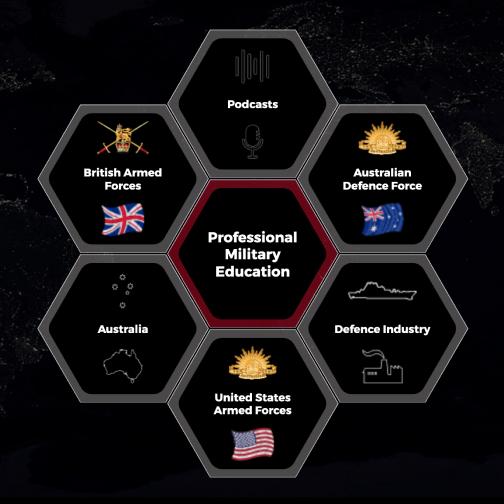
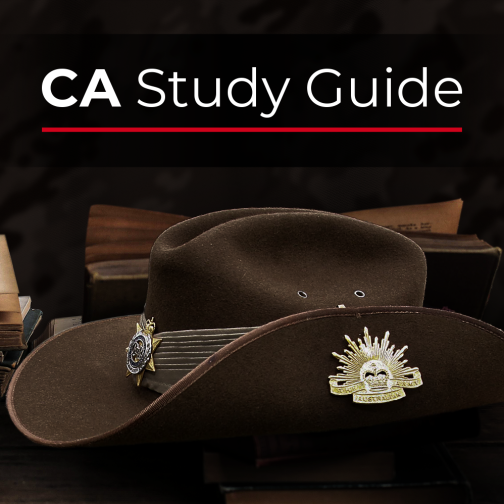

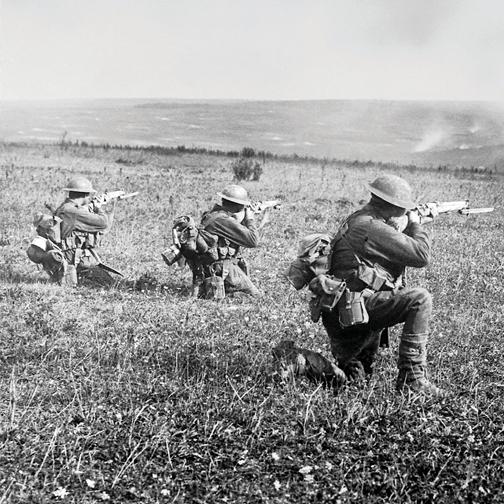


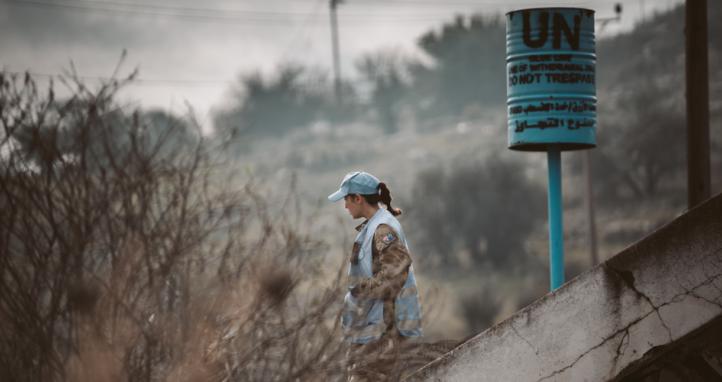
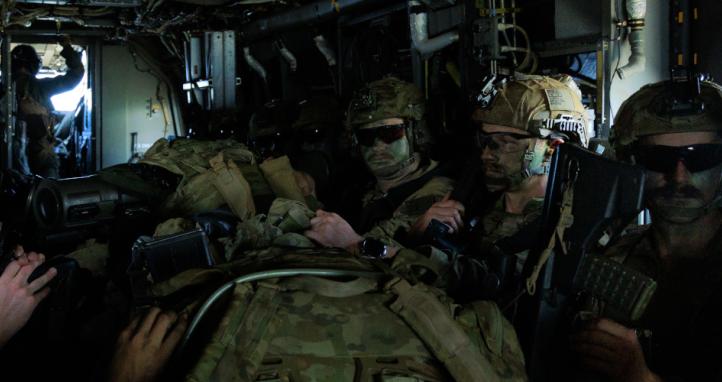

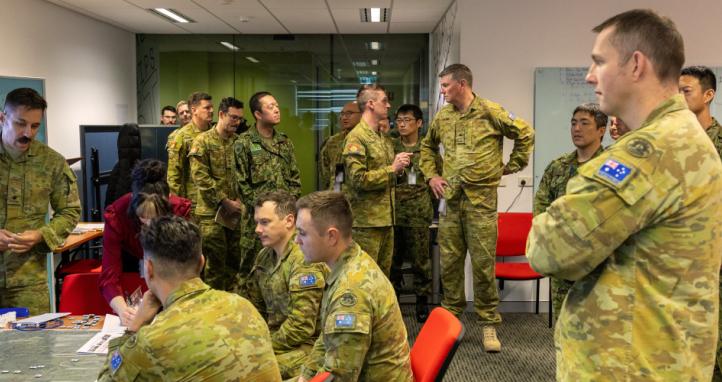
You have identified a tenet of the ADF that is influenced by the tall poppy syndrome. In this country, we do not recognise or reward high achievement. We tear down the aspirational among us and reward a job well done with silence.
This is uniquely Australian and profoundly unhealthy.
I am currently serving and witness this regularly.
We are however, in a relatively peaceful period of time worldwide, so medallic recognition for operational service is harder to come by no matter what rank, unless in the RAN it seems.
Yes commendations are rationed, big issue, but also how poorly most are written, they are often given out for sub par performance, but sold as excellence, through crafty writing skills and a little sprinkle of brown nosing.
Troops on Kudu should without a doubt be receiving medallic recognition, I assumed these members would qualify for the Humanitarian Overseas Service Medal. Seems a colossal shame if they are not recognised for this service.
That'll come down to H&A switching on though, or a high ranking officer or APS member putting themself last for the betterment of their troops recognition...
If wearables are the end state of this article though, should H&A be looking at introducing good service/conduct medals similar to the UK or US? Or perhaps a "trip" based medal? Accumulated periods of international service outside of war and peace time service? Trips such as IPE, and other defence related training and engagement activities.
The ASM was a good medal, that could have been modified to be awarded for specific periods of international engagement, as "Service" for country, is service no matter if its operational or not.
I don't see anything changing drastically though.
The imbalance in recognition erodes credibility and undermines trust in leadership. Soldiers and NCOs who carry the operational load, drive regional engagement, build partnerships, and sustain deployments such as Kudu often receive little or no recognition. Reservists rarely rate – but at 30% of the force, they help justify a top-heavy structure. The “About Us” page on the Army website speaks of “bonds of trust and respect between every person who joins,” but actions speak louder than brochureware.